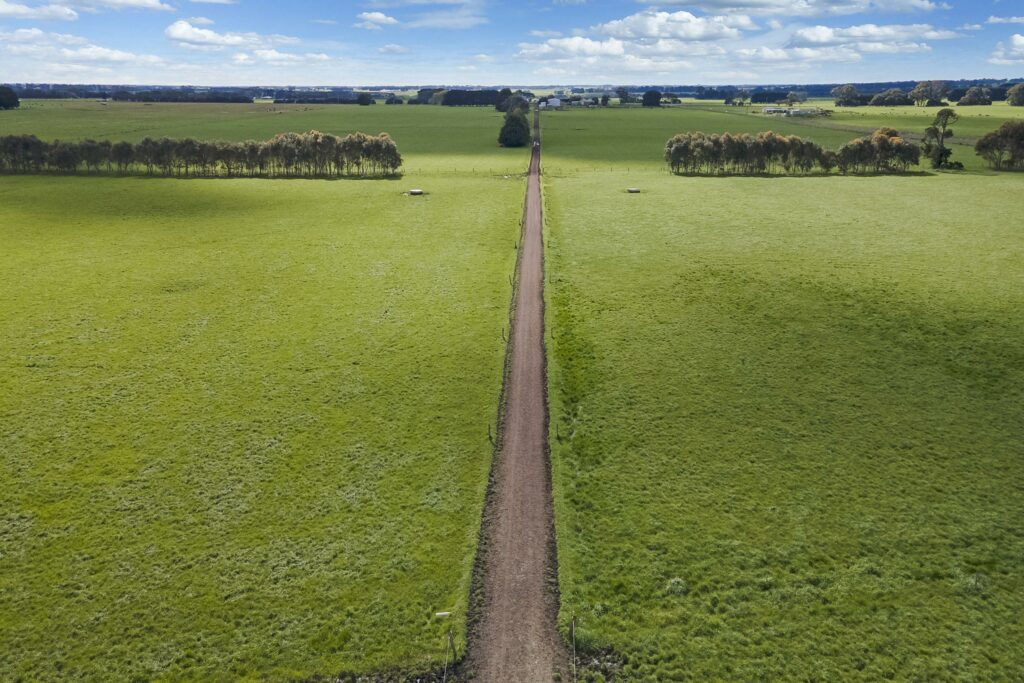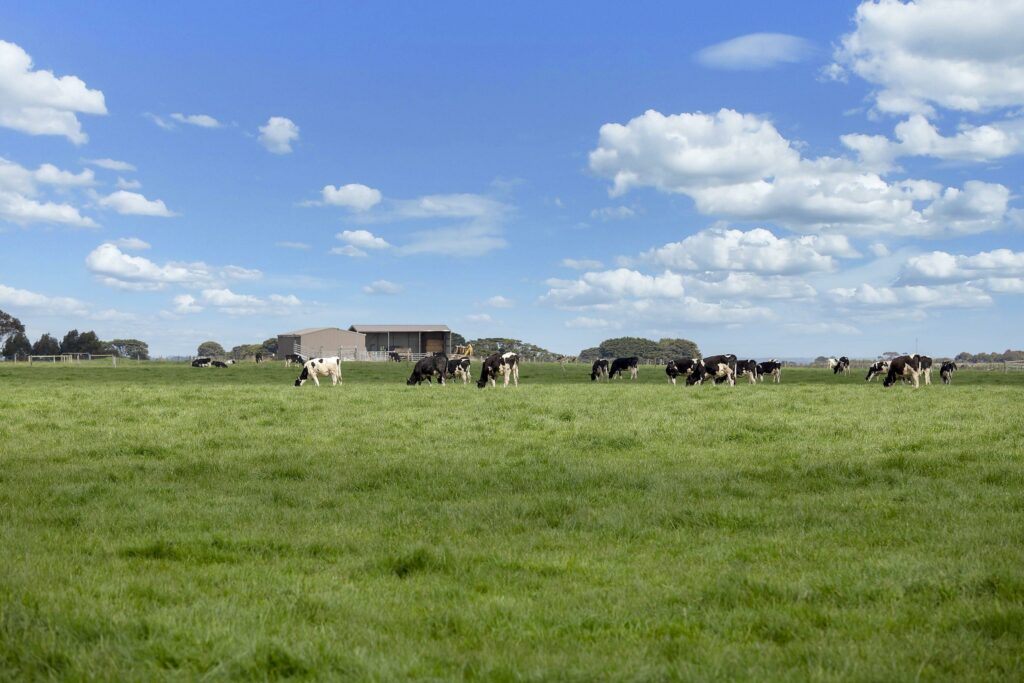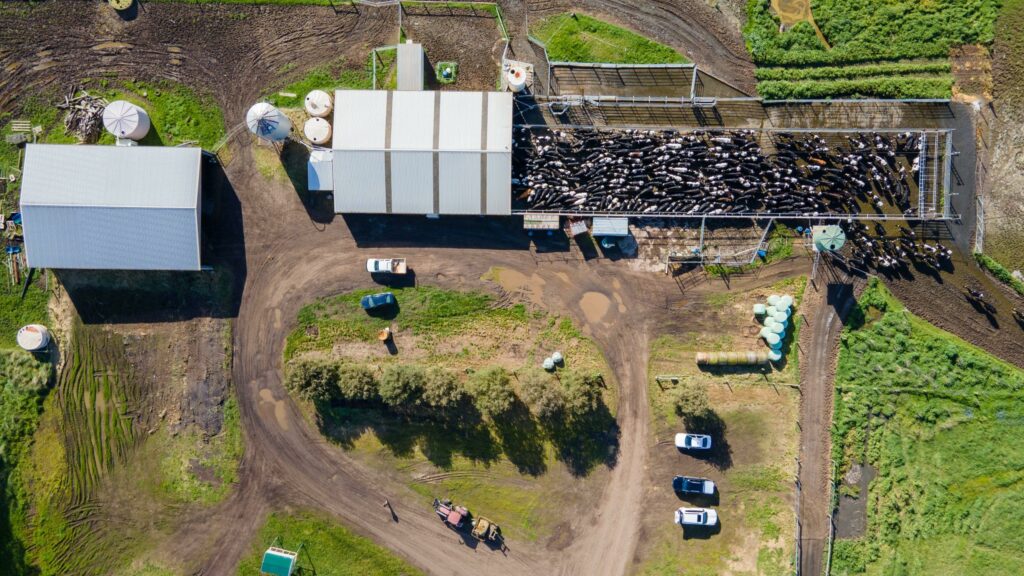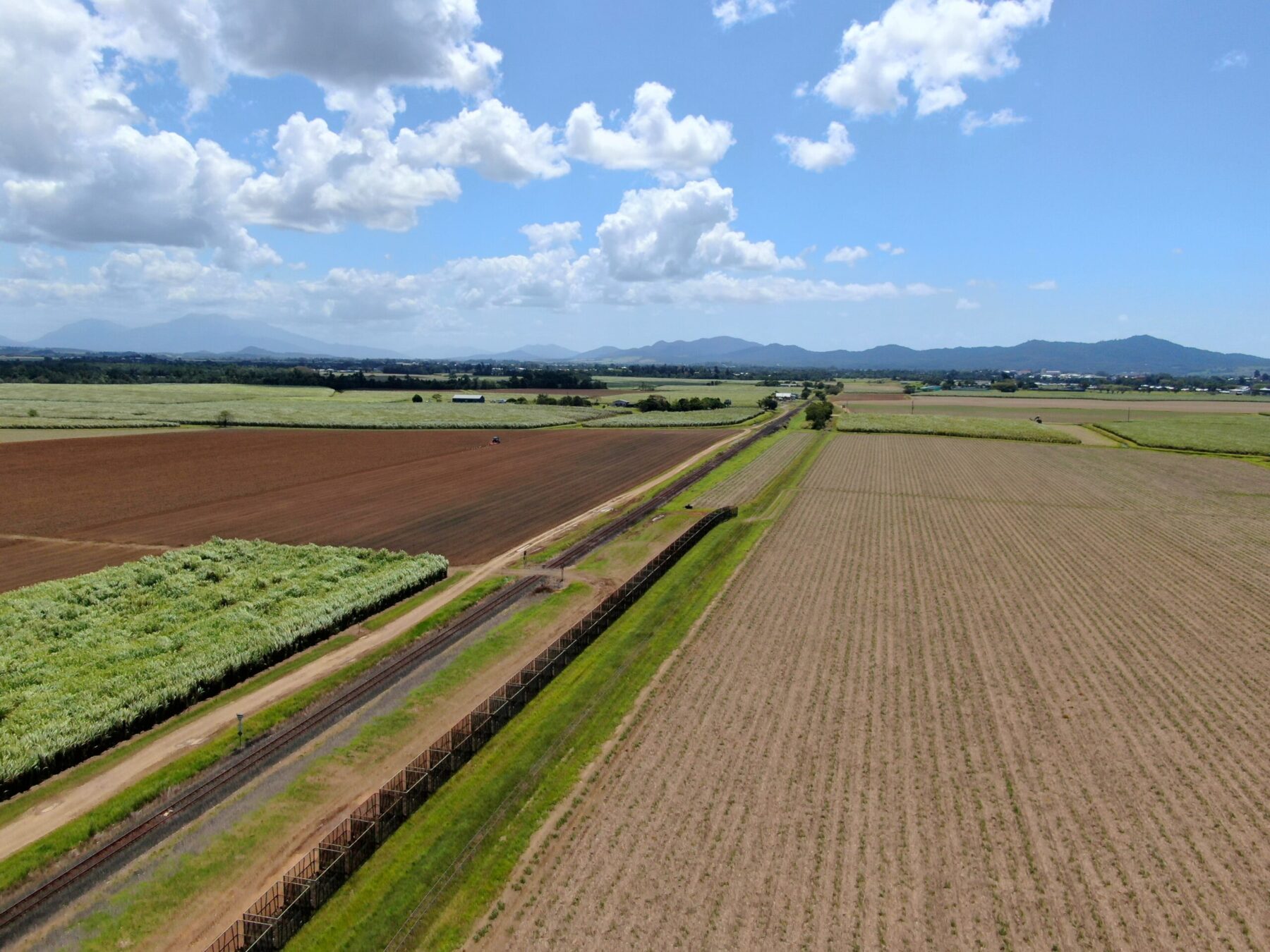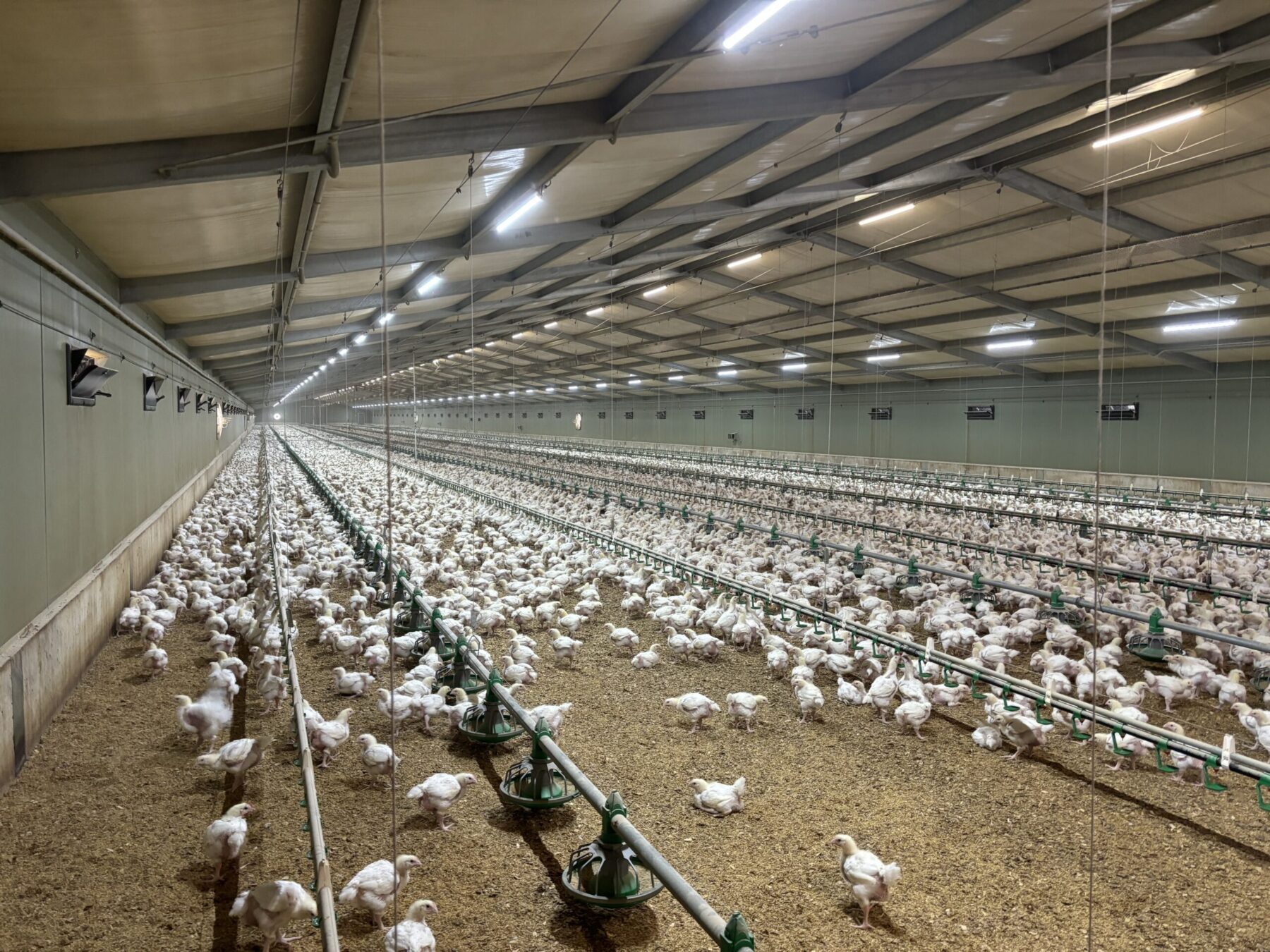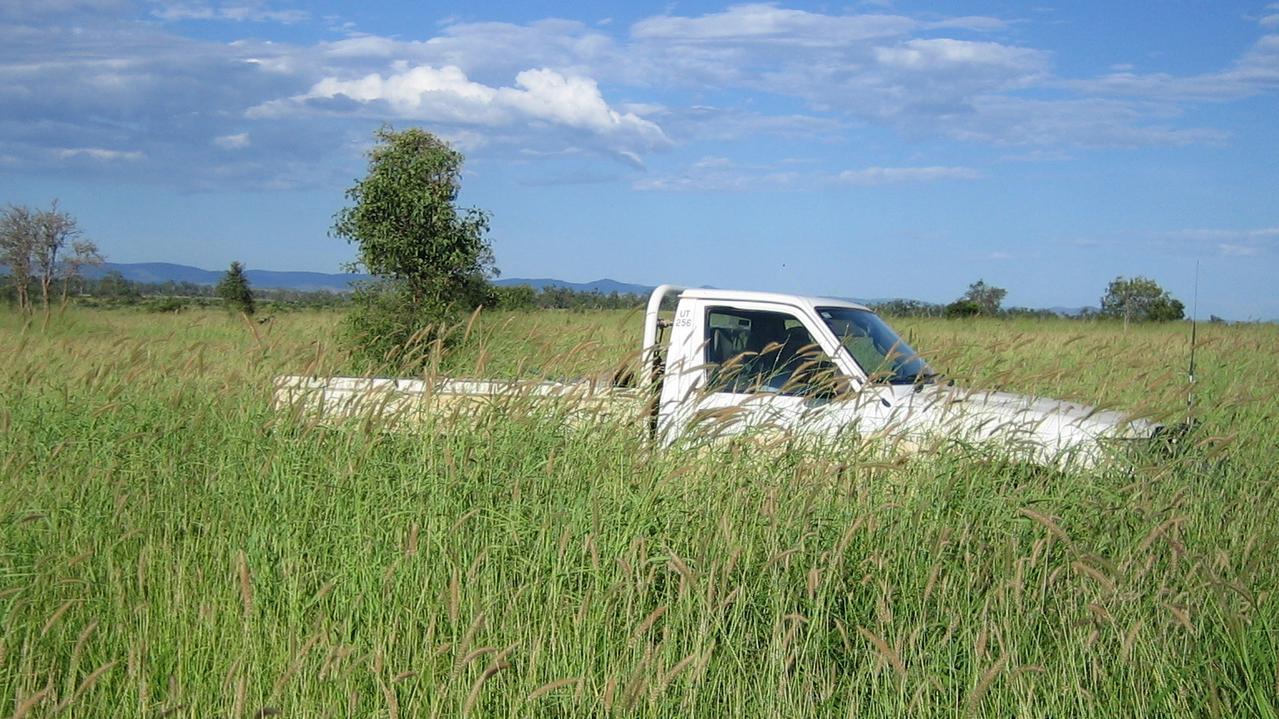
Consolidated Pastoral Company (CPC) has acquired a significant aggregation in central Queensland’s Fitzroy region for $48 million.
Collectively known as Jimarndy, the aggregation totals 17,638 hectares and comprises adjoining properties known as Jimarndy, Tawarri and Tandarra. Vendor the Simon family purchased Jimarndy and Tawarri in 1997 before adding Tandarra to the aggregation in 2003.
CBRE Agribusiness Managing Director David Goodfellow together with CBRE’s Edward O’Dwyer managed the sale process with assistance from Nutrien Harcourts at Rockhampton.
The sale price, which includes the land and several machinery items, equates to a regional record of circa $7,650 per Adult Equivalent (AE), the commonly used metric for calculating relative land values throughout Australia.
Mr Goodfellow said, “It was a privilege to work with the Simon family through this process, and we are delighted to have achieved a very good outcome for them. We understand and respect that many families are going through succession planning right now, and these processes can sometimes be quite emotional, so to achieve each vendor’s expectations in a timely way is very important and is what we always strive hard to achieve.”
Jimarndy is located 245 kilometres north-west of Rockhampton and 208 kilometres south-west of Mackay, providing good access to at least two major livestock selling and export centres.
It offers approximately 16 kilometres of direct frontage to the Isaac River and a good balance of deep alluvial soils on the river-side plains complemented by rich red loam soils on the rising slopes leading up to elevated plateaus of extensive grasslands.
Over recent years, the deep alluvial soils have been developed with permanent plantings of Leucaena to provide optimum levels of productivity. Since this development, the property has consistently carried around 3,000 breeding cows and has been turning off approximately 2,500 steers, heifers and cull breeders each year.
The property also includes some areas of dense timber coverage, particularly near the western boundary which abuts the Junee State Forest.
Mr Goodfellow noted that the buyer competition for Jimarndy highlighted the continued strengthening in Australia’s rural property market, underpinned by a return to more normal seasonal conditions and ongoing confidence in the outlook for commodity prices.
“Competition came from a range of agricultural corporations, financial institutions and large-scale private investors, each of them looking to expand their existing operations,” Mr Goodfellow said.
“Demand for good quality cattle properties is very strong right across the country at the moment, and we expect this to continue while commodity prices remain firm and as Australia continues to rebuild its cattle numbers.”
Cattle numbers dropped from about 29 million to around 24 million during the drought and, two and a half years later, and have only rebuilt to just over 26 million.
“We have at least two years of further rebuilding to reach 28 million cattle in Australia, let alone reaching 29 million. This, combined with growing Asian demand for beef products, is underpinning confidence in the outlook for both domestic and global beef prices over the next few years,” Mr Goodfellow said.
“This confidence, combined with many innovations in animal production techniques across Australia, is what we’ve been looking for many years and is why both the corporate and the family farming sectors are keen to acquire more land.”
On the subject of foot-and-mouth disease (FMD) and the impact it might have on Australian beef and grazing land prices, Mr Goodfellow noted, “Our Federal and State Governments, in cooperation with Meat & Livestock Australia and Animal Health Australia, are absolutely doing the right thing by working very hard in Indonesia with the Indonesian people to assist them with controlling and hopefully eradicating the disease there as the best way of minimising the risk of it possibly coming to Australia. It’s great to watch both countries working so well together on this issue and to see all Australian beef producers offering strong support to this approach.”

